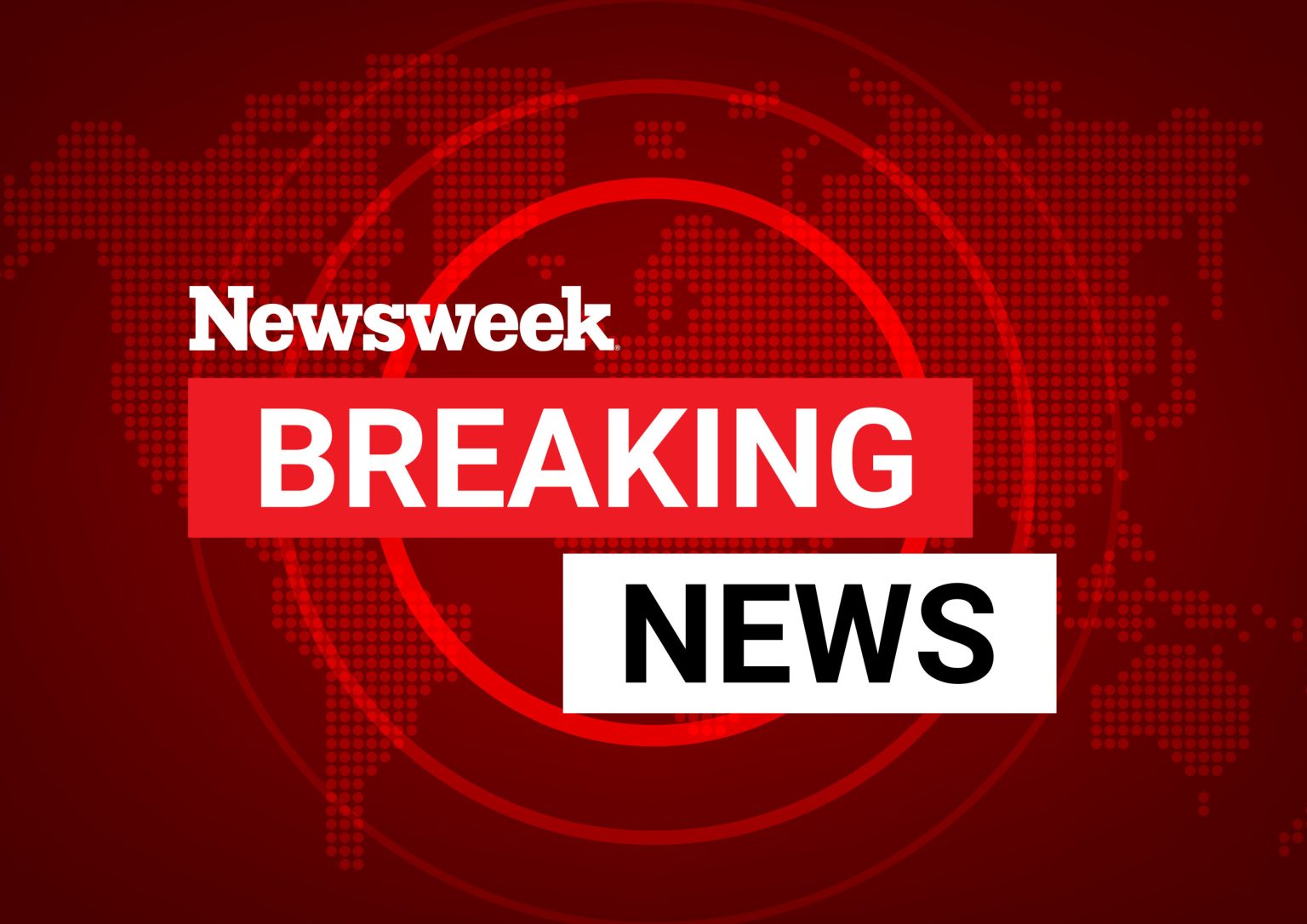Paragraph 1: Introduction & Context
The dawn of 2024 was marred by two separate incidents involving vehicles that, while initially sparking speculation of a potential connection, were later deemed unrelated by the Federal Bureau of Investigation (FBI). One incident involved the explosion of a Tesla Cybertruck outside a Las Vegas hotel owned by then President-elect Donald Trump. The other, occurring mere hours later, involved a vehicle plowing into a crowd of pedestrians in New Orleans. The proximity in time of these events naturally led to public concern and media speculation about a possible coordinated attack or a broader, emerging threat. However, preliminary investigations by the FBI ruled out any definitive link between the two incidents. This conclusion alleviated some initial fears but underscored the need for vigilant monitoring and thorough investigation of both events independently. The incidents highlighted the increasing public concern regarding vehicular attacks and the potential vulnerabilities associated with both conventional and emerging automotive technologies, such as electric vehicles and autonomous driving features.
Paragraph 2: The Las Vegas Cybertruck Explosion
The first incident, occurring in the pre-dawn hours of New Year’s Day in Las Vegas, involved a Tesla Cybertruck parked outside the Trump International Hotel. The vehicle suddenly exploded, sending debris scattering across the area and causing significant damage. Initial reports highlighted the dramatic nature of the explosion, with witnesses describing a loud bang and a fireball erupting from the vehicle. The location of the explosion, outside a property owned by the then President-elect, immediately raised concerns about a potential targeted attack. The symbolism of a high-profile electric vehicle exploding outside a Trump-branded property fueled speculation across social media and news outlets. The involvement of a Cybertruck, a relatively new and visually distinctive vehicle, further amplified the incident’s newsworthiness and contributed to the rapid spread of information, often accompanied by speculation and conjecture.
Paragraph 3: The New Orleans Pedestrian Attack
The second incident, occurring just hours later in New Orleans, involved a vehicle driven into a group of pedestrians, resulting in injuries. The circumstances surrounding the New Orleans attack were initially unclear. Reports described a chaotic scene with first responders rushing to provide aid to the injured. The timing of this incident, so close to the Cybertruck explosion, immediately drew comparisons and raised concerns about a coordinated assault or a copycat attack inspired by the Las Vegas incident. Details regarding the vehicle used in New Orleans, the driver’s identity, and their motivation remained scarce in the immediate aftermath, further fueling speculation and contributing to a sense of unease.
Paragraph 4: The FBI Investigation & Findings
The FBI quickly launched investigations into both incidents, recognizing the public concern and the need to establish whether they were isolated events or part of a larger pattern. The Bureau deployed agents to both Las Vegas and New Orleans to gather evidence, interview witnesses, and analyze any potential connections between the two occurrences. Their preliminary findings, however, indicated that there was "no definitive link" between the Cybertruck explosion and the pedestrian attack. This statement, while reassuring in its dismissal of a coordinated effort, left many questions unanswered. The FBI’s statement emphasized the ongoing nature of the investigations and the commitment to uncovering the specific causes and circumstances surrounding each event independently.
Paragraph 5: Public Reaction and Implications
The initial fear and speculation surrounding a potential link between the incidents highlighted the public’s heightened sensitivity to acts of violence, especially those involving vehicles. Recent years have witnessed a global increase in vehicular attacks, both accidental and intentional, making such incidents particularly alarming. The perceived connection between the two events, though later debunked, underscores the rapid spread of information and misinformation in the digital age. The power of social media to amplify speculation and exacerbate anxieties became evident in the immediate aftermath of the incidents. The events also raised questions about the security of emerging automotive technologies. The Cybertruck explosion, while its cause remained undetermined, brought to the forefront concerns about the safety and potential vulnerabilities of electric vehicles.
Paragraph 6: Looking Forward: Continued Investigation and Security Concerns
While the FBI’s initial findings provided some reassurance, the investigations into both incidents are expected to continue. Determining the exact cause of the Cybertruck explosion, including the possibility of a malfunction, an act of vandalism, or a targeted attack, remains crucial. Similarly, understanding the motivation behind the New Orleans pedestrian attack and the driver’s intent will be essential for preventing similar incidents in the future. These events highlight the ongoing need for vigilance and preparedness in the face of potential threats. The incidents also underscore the importance of responsible information sharing and avoiding the spread of unsubstantiated rumors. As investigations progress, a clearer picture of the individual circumstances surrounding each incident will emerge, allowing for more informed assessments of risk and the development of appropriate security measures.

